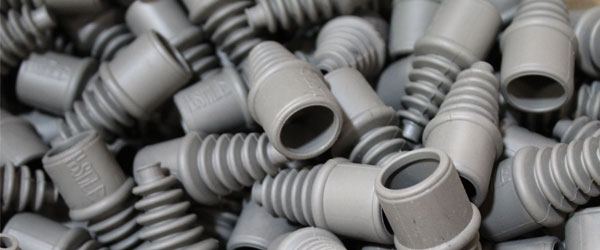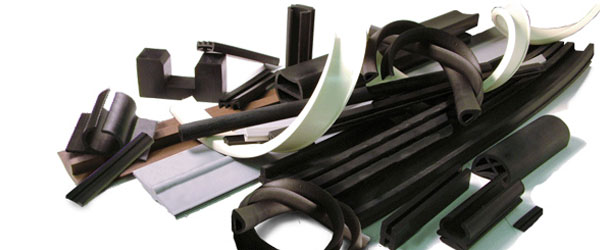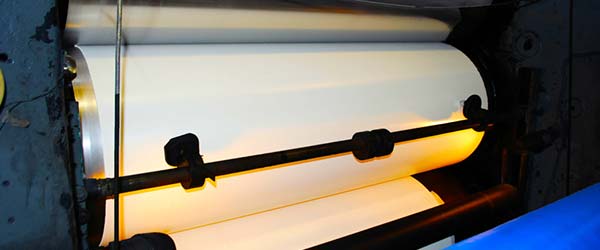Rubber molecules are long chain polymers made up of repeating units of isoprene monomers. Isoprene is a small molecule that has the chemical formula C5H8 and contains two double bonds. When many isoprene molecules join together, they form a long chain polymer called polyisoprene, which is the primary component of natural rubber.
The chains of rubber molecules are very flexible and have a high degree of elasticity, which means they can stretch and return to their original shape when a force is applied and then removed. This is because the double bonds in the isoprene units allow for the chains to move and rotate more easily, giving rubber its unique properties.
Rubber molecules can also be modified by the addition of other chemical groups, which can alter their properties. For example, the addition of sulfur atoms to the rubber molecules can create cross-links between the chains, which can make the rubber more durable and resistant to deformation. This process is known as vulcanization and is commonly used in the production of rubber products.
 (909) 987-1774
(909) 987-1774 Email Us
Email Us







